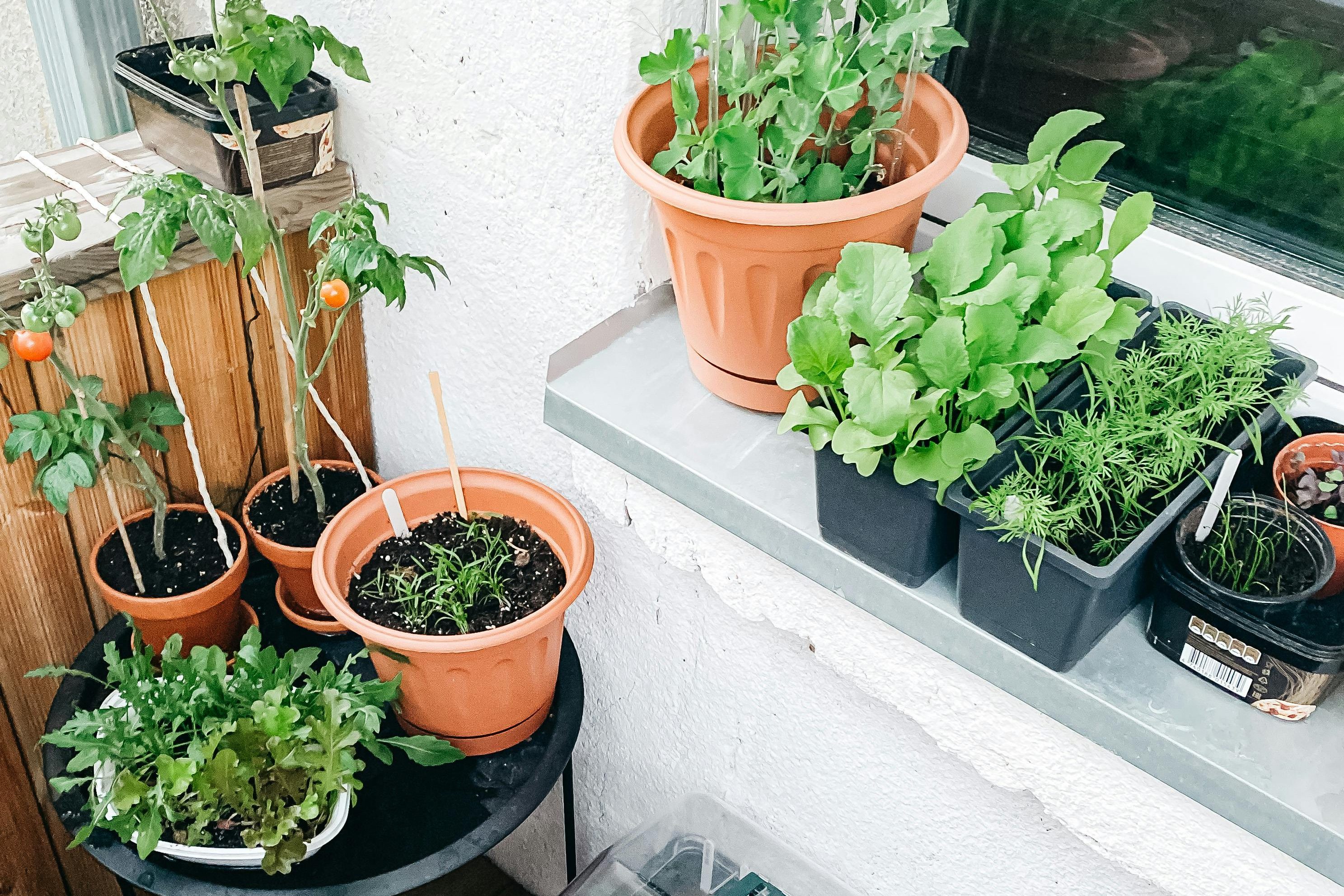
Hey there, urban garden warriors! Dreaming of fresh veggies right from your windowsill to your plate? You’re in the right place! Growing vegetables in an apartment setting might seem challenging, but it’s quite possible and incredibly rewarding. We’ll cover everything from squeezing greenery into that tiny corner of your studio to picking the perfect plants for each season.
So let’s jump right into the world of seasonal vegetable growing specifically tailored for the space-conscious apartment dwellers! Whether your “backyard” is a sunny windowsill, a balcony, or just a couple of indoor shelves, there’s always room to grow some fresh and tasty veggies year-round. Let’s get our green thumbs ready and explore how to cultivate a thriving vegetable garden in limited spaces through the seasons.
Understanding the Basics of Apartment Gardening
Space Utilization: Think vertical! Utilizing hanging baskets, wall-mounted planters, and tiered stands can drastically increase your growing space. Containers on wheels can be a game-changer, allowing you to move your plants to catch the sun’s rays throughout the day.
Light Requirements: Most vegetables need about 6 to 8 hours of sunlight daily. South-facing windows are gold, but if natural light is limited, consider LED grow lights—they’re a small investment for a steady supply of fresh veggies.
Climate Considerations: Unlike outdoor gardens, you control your indoor climate. However, watch out for dry air from heating systems in winter and utilize humidifiers if necessary to keep your green friends happy.
Seasonal Planting Guide Overview
Timing is everything! Let’s break down what to plant and when to plant it, to keep your garden productive from January to December.
Spring Planting Guide
Vegetables to Plant: Spring is all about greens. Lettuce, spinach, and radishes are quick growers and don’t need as much sun as some other veggies, making them perfect for early in the season.
Starting Seeds Indoors: Start seeds in early March to give your plants a head start. Use seed-starting mix in small pots or trays with adequate drainage.
Care Tips: Keep the soil moist but not soggy, and ensure the young plants get enough light. As they grow, thin out the seedlings to prevent overcrowding.
Summer Planting Guide
Vegetables to Plant: This is the time for sun-lovers like tomatoes, peppers, and cucumbers. They can thrive in pots and require more watering and attention as the temperatures rise.
Maximizing Sunlight: Rotate your pots regularly to ensure even growth and prevent leggy plants. If you have a balcony, make the most of it during these months.
Pest Management: Keep an eye out for aphids and spider mites. A mild soap and water solution usually keeps them at bay without harsh chemicals.
Fall Planting Guide
Vegetables to Plant: Carrots, broccoli, and kale are great for cooler weather and can be started in late summer for a fall harvest.
Preparing for Cooler Weather: As the daylight wanes, make sure your plants are still getting enough light. Move them to brighter spots or supplement with grow lights.
Harvesting Tips: Harvest in the morning when the plants’ sugar levels are highest for the best flavor.
Winter Planting Guide
Vegetables to Plant: Focus on indoor-friendly options like microgreens and herbs—basil, cilantro, and parsley can do particularly well.
Lighting Solutions: Short, dark days call for supplemental lighting. A simple, full-spectrum grow light can support photosynthesis all winter long.
Temperature and Humidity Control: Avoid placing plants near heat sources like radiators, as the fluctuating temperatures and dry heat can stress plants.
Year-Round Care Tips for Indoor Vegetables
Watering: Water deeply but infrequently to encourage strong root growth. Make sure pots have good drainage to prevent root rot.
Fertilizing: Use a balanced, water-soluble fertilizer every few weeks during the growing season but reduce feeding in the winter months.
Monitoring Growth: Regularly check for signs of stress like yellowing leaves or stunted growth and adjust care accordingly.
Troubleshooting Common Problems
Space Issues: Regularly prune plants to keep them compact and healthy. Choose dwarf or bush varieties of larger vegetables to keep things manageable.
Lighting Challenges: Rotate plants to ensure they get light uniformly, preventing them from leaning towards the light source.
Pest and Disease Control: Prevention is key! Keep your garden clean, and remove any fallen debris promptly. Isolate any plants that show signs of disease to prevent it from spreading.
There you have it! A full year of growing fresh, delicious vegetables right in your apartment. It’s all about the right plant in the right place at the right time. Don’t worry about making everything perfect; gardening is a journey, not a destination. Enjoy the process and your harvests!